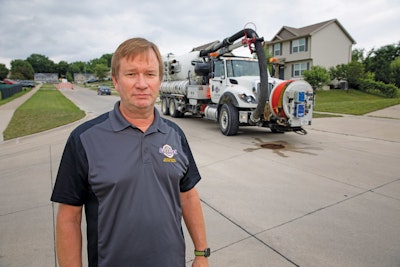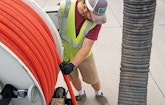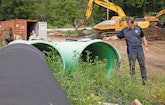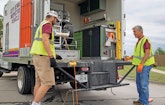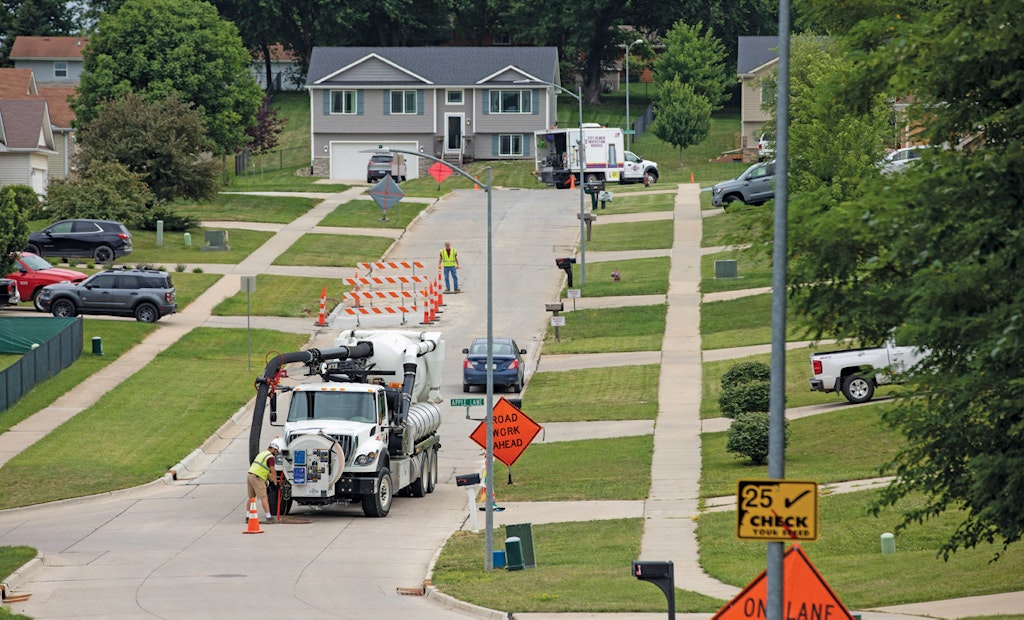Water leaks. Wastewater leaks. Infiltration. Indianola, Iowa, has experienced all of it, but the utility is gaining ground.
The City’s Water Pollution Control department had an awakening in 2009 when the state’s Department of Natural Resources issued a mandate to remove all...
